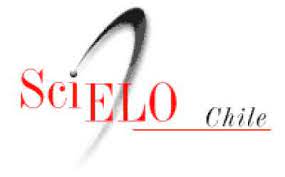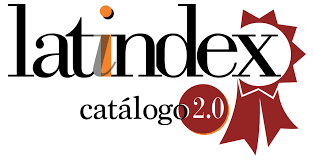Potential use of olive pomace in the production of parquet-type flooring
DOI:
https://doi.org/10.21703/0718-2813.2024.36.3010Keywords:
Olive oil, Circular economy, Olive pomace, Value propositionAbstract
Research on new uses for olive byproducts, especially the pomace generated during oil production, is crucial for both the economy and the environment in communities where this tree is cultivated. In Chile, olive oil production generates pomace, which is considered waste. In this study, reusing the pomace to manufacture an interior parquet flooring is proposed. A mixture of pomace was molded into tiles measuring 25 x 10 x 2 cm, and rapid drying was observed. Before hardening in a controlled laboratory environment, the tiles were characterized, resulting in a density of 0.842 g/cm³, and shrinkage of 8.4% ±0.5%. The prototype could be nailed, but it chipped like commercial particleboards; it also exhibited good firmness but limited resistance to drilling and screwing. The material can be sawed, adequately resisting the saw, and can support more than 150 kg of weight, demonstrating good structural strength. The pomace tiles showed suitable hardness while maintaining their nailability and screwability properties. This parquet prototype could be a valuable alternative for valorizing the potential use of pomace, contributing to the circular economy in the region and olive-growing areas.
References
Berbel, J., Gutiérrez-Martín, C. y La Cal J.A. (2018). Valorización de los subproductos de la cadena del aceite de oliva. Mediterráneo Económico 31, 273-289.
Berbel, J. and Posadillo, A. (2018). Review and analysis of alternatives for the valorization of agroindustrial olive oil byproducts. Sustainability 10(1), 237.
ChileOliva (2022). Informe anual mercado nacional de aceite de oliva. Asociación de Productores de Aceite de Oliva, Las Condes, Chile.
Guinda, A. (2006). Use of solid residue from the olive industry. Grasas y Aceites 57(1), 107-115.
Jiménez, B. y Carpio, A. (2008). La cata de aceites: aceite de oliva virgen características organolépticas y análisis sensorial. Junta de Andalucía, Instituto de Investigación y Formación Agraria y Pesquera, Sevilla, España.
Martínez‐Robinson, K.G., Cárdenas-Román, F. A., CampaMada, A.C., Toledo-Guillén, A.R., López‐Franco, Y.L., Carvajal–Millán, E., y Lizardi‐Mendoza, J. (2019). Caracterización de los residuos sólidos de la extracción del aceite de oliva de Caborca, Sonora, México. Biotecnia 21(3), 48–55.
Ministerio de Agricultura, Pesca y Alimentación (2021). Anuario de estadística 2021 – Estadísticas agrarias (Parte tercera). Capítulo 7 Superficies y producciones de cultivos, Madrid, España, 908-909.
Ministerio de Agricultura, Pesca y Alimentación (2022). Producciones agrícolas - Aceite de oliva. Madrid, España.
ODEPA & CIREN (2021). Catastro frutícola principales resultados. Región de Atacama. Catastro Frutícola CIRENODEPA, Chile.
Roldán, M. (2013). Diccionario de términos del aceite de oliva. Arco Libros Edit. La Muralla, Madrid, España.
Sánchez de Medina, V. (2014). Nuevos estudios sobre la mejora del aceite de oliva y el aprovechamiento de residuos del olivar. Tesis de doctorado, Universidad de Córdoba, España.
Sánchez-Mohíno, F. (2021). Innovación y sostenibilidad: análisis de los subproductos del aceite de oliva y su aprovechamiento. Innovación y sostenibilidad en el sector oleícola español. Trabajo de título Administración y Dirección de Empresas. Universidad Pontificia Comillas, Madrid, España.
Urzúa, S.B. (2012). Prefactibilidad técnico – económica para generación de energía a partir de orujo de aceitunas: estudio de caso. Memoria de título, Facultad de Ciencias Agronómicas, Universidad de Chile.

Downloads
Published
Issue
Section
License

This work is licensed under a Creative Commons Attribution-NonCommercial 4.0 International License.







